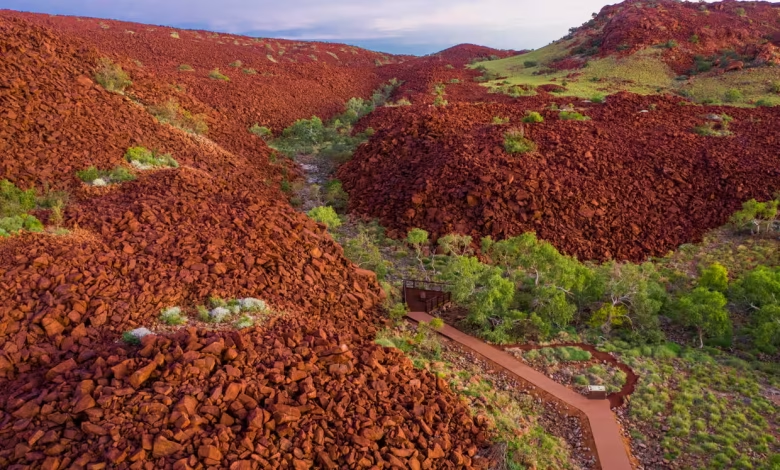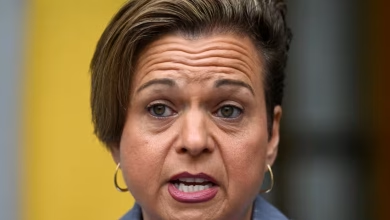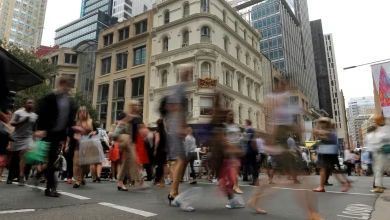
Rocks, Gas & Politics: Only in Australia, Mate
In the great Aussie tug-of-war between priceless ancient rock carvings and massive gas plants, guess who’s stuck in the middle? Murray Watt, our federal environment minister, that’s who—playing part-time diplomat, part-time PR guy, and full-time fence-sitter as he tries to talk UNESCO into giving WA’s Murujuga petroglyphs the world heritage tick without shutting down any of the industry around them.
Why the rush? Because a UNESCO recommendation recently said that unless Australia moves its gas facilities (like Woodside’s North West Shelf LNG megaproject), the more than 1 million carvings—some dating back 50,000 years—might not get listed.
“The integrity and authenticity of key attributes … are highly vulnerable,” UNESCO’s cultural watchdog warned.
Custom Table: Murujuga Listing Drama Snapshot
| Stakeholder/Group | Stance on World Heritage Listing | Controversy or Concern |
|---|---|---|
| UNESCO | Cautious approval if gas facilities are removed | Industrial emissions threaten cultural site integrity |
| Australian Govt (Murray Watt) | Pushes for listing with gas industry in place | Accused of ignoring scientific concerns |
| Murujuga Aboriginal Corp. | Actively supporting world heritage bid | Says misinformation is hurting the community |
| Save Our Songlines (Raelene Cooper) | Opposed to gas expansion near the rock art | Says approval sacrifices culture for fossil fuels |
| Prof Ben Smith (UWA) | Criticises WA’s air monitoring science | Says govt downplayed recent damage |
| Woodside Energy | Wants project extended from 2030 → 2070 | Gas expansion = $$$ but also emissions |
Science or Spin?
Watt claims the UNESCO recommendation was “clearly influenced” by greenie campaigners and not the “latest evidence” from a 2024 WA rock art monitoring report. But that report’s authors? At least some of them are crying foul.
“Scientists were gagged,” said archaeologist Prof Ben Smith, slamming the WA government for cherry-picking pollution stats and claiming most of the damage happened decades ago.
Meanwhile, Prof Ben Mullins, one of the authors, told the ABC he backed the public summary. So which Ben should we believe? That’s anyone’s guess.
Gas Expansion: The Elephant in the (Rock-Filled) Room
Just hours before UNESCO dropped its recommendation, Watt greenlit plans to extend Woodside’s LNG operation to 2070—basically saying, “Let’s keep digging (and burning) for another 40 years.” What a coincidence!
But here’s the kicker: under Australia’s national environment law, Watt isn’t required to consider greenhouse gas emissions when approving a project.
Instead, the government relies on its “safeguard mechanism”—which many say is about as airtight as a Holden with a missing door.
Traditional Owners: A Divided Landscape
Not all Indigenous voices are singing the same song on this one.
- Murujuga Aboriginal Corporation: Backing the listing and saying they “coexist with industry.”
- Raelene Cooper (ex-chair): Opposing the gas expansion; says the government is endangering heritage and ignoring real custodians.
“They’re leading the application,” Watt said of the Murujuga Corporation.
“Yes, there are some individuals who are not supporting the listing. But the representative body is united.”
Sounds united as a footy team during a brawl…
What’s Next?
UNESCO Decision Date: 6 July 2025
Location: Paris
Goal: World heritage status for Murujuga Cultural Landscape
Catch: Might require relocating or scaling back Australia’s most profitable gas sit
Aussie Wrap-Up: Heritage vs. Hydrocarbons
So here’s the situation: Australia wants its cultural cake and to burn gas too. Watt’s doing a diplomatic shuffle, trying to keep both UNESCO and Woodside onside, while scientists, traditional owners, and environmentalists debate what’s sacred and what’s just smoke.
The irony? We’re lobbying for world recognition of sacred Indigenous art while giving the green light to the same industry UNESCO says threatens it. It’s like polishing the front door while the back’s on fire.




